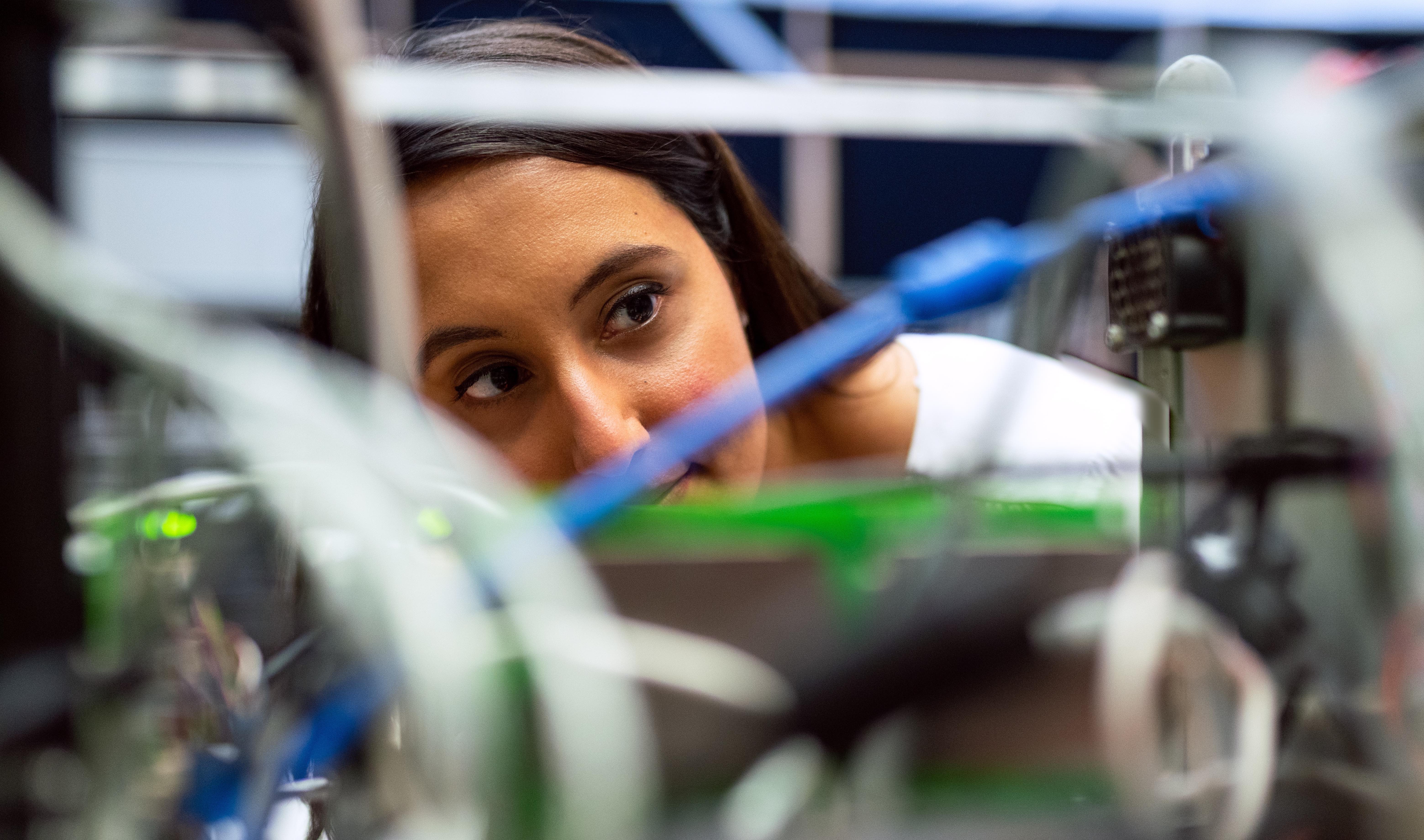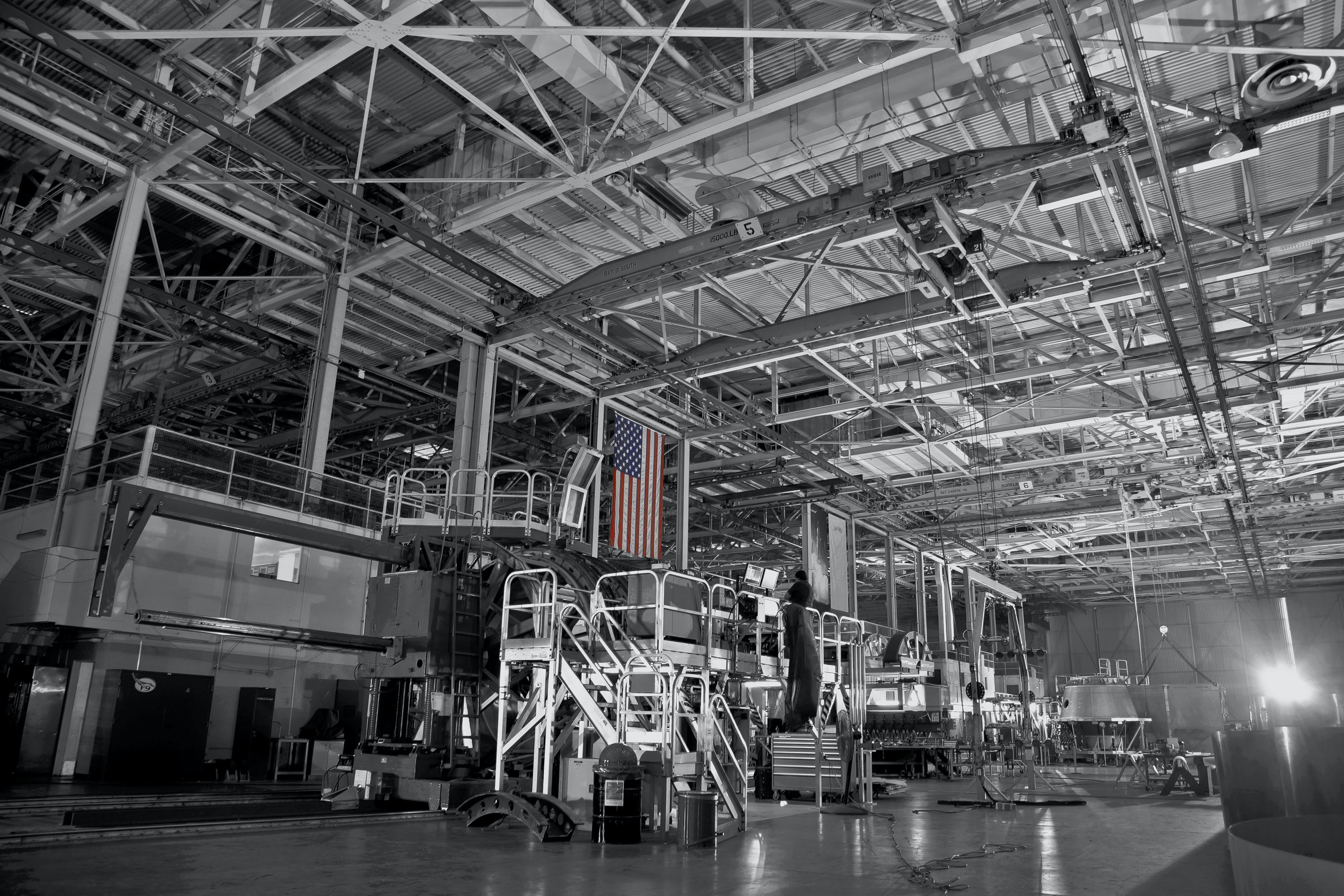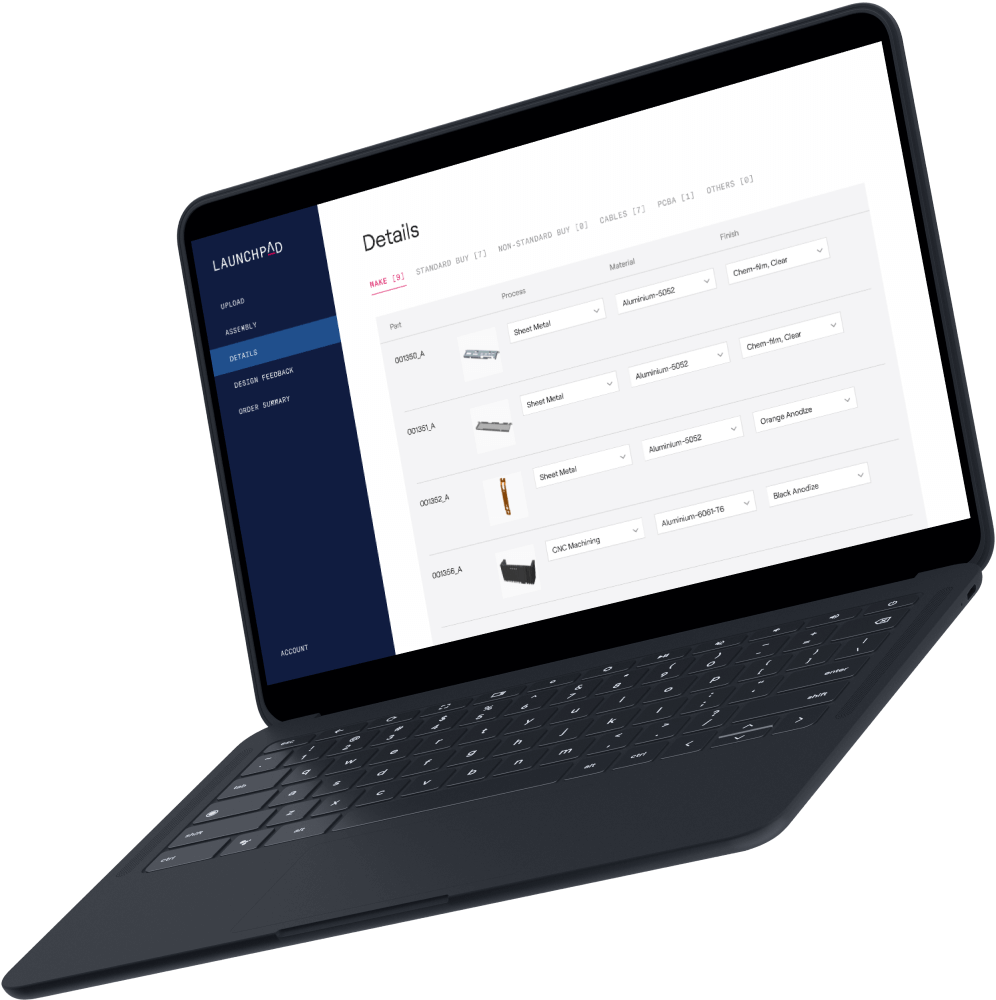
Laser engraving is a precise and effective way to etch intricate designs, information and patterns onto a variety of materials. It is often used in industries such as jewelry, signage, and manufacturing to create detailed and personalized products. With automation, laser engraving has become even more efficient and cost-effective to the point that it offers a quality alternative to product labels attached via glue or other methods.
However, automating laser engraving comes with its own set of challenges and considerations. In this blog post, we will explore the intricacies of automating laser engraving and how to overcome common challenges.
First, let's define what we mean by "automating" laser engraving. Automation refers to the use of technology to perform tasks without human intervention. In the case of automated laser engraving, this could mean using lasers at any volume from personalizing products on a batch size of one to finishing products at mass volume production levels. Automation can greatly increase the overall speed and accuracy of production, but it requires high precision, planning, and setup.
One of the key considerations in automating laser engraving is the design process. When creating a design for laser engraving, it is important to keep in mind the capabilities of the laser, the material to be engraved and engraving requirements such as rotation, resolution and contrast. For example, certain materials may require a higher power laser, different laser source or multiple passes to achieve the desired engraving results. It is also important to consider the size and complexity of the design, as more intricate designs may require more time and precision.
Using CAD software can greatly simplify the design process, as it allows the user to visualize and adjust the design before the laser engraving process begins. Some CAD software even has specific tools and features for laser engraving, such as the ability to simulate the engraving process and optimize the laser's path for efficiency.
Once the design is complete, it must be converted into a format that can be read by the laser engraving machine. This process, known as "rasterizing," converts the design into a series of pixels that the laser can interpret and follow. It is important to choose a rasterization method that is compatible with the laser engraver and produces high-quality results.
Automating laser engraving offers challenges both common to and differentiated from general manufacturing automation. Similar to most manufacturing automation projects, cycle time and yield requirements stand in opposition. Manufacturers want a system that can assure quality and execute the task quickly. As discussed in other blog posts, automating laser engraving must meet specific business requirements such as return on investment and break-even targets.
Somewhat specific to the case of laser engraving, target location and rotation accuracy are key requirements that must be quantified and validated. Developing an automated laser engraver typically involves mounting the laser onto a gantry or a robot arm, and aligning it with the material to be engraved. The platform must be calibrated to ensure that the laser is positioned correctly and can move smoothly. Depending on the application details, product recognition capabilities via optical sensors or an RFID reader may be required to determine the design and location of engraving on the product.
One common issue with automating laser engraving is the potential for errors or misalignments to occur. For example, the robot or laser may drift off course due to small variations in the product surface, fixture errors or platform movement. These errors can be minimized through the use of sensors including cameras and feedback control systems, which can detect and correct any deviations in real-time.
It is important to consider safety when automating laser engraving. Laser engraving machines generate high levels of heat and light, which can be hazardous if not handled properly. Proper safety measures, such as enclosing the laser in a protective housing and using eye protection, are essential to prevent accidents and injuries.
Finally, maintenance and upkeep are important considerations when automating laser engraving. The laser and its components will experience wear and tear over time, and regular maintenance is necessary to ensure that the machine is operating at peak performance. This includes tasks such as cleaning the laser and exposed optics, inspecting and replacing worn parts, and calibrating the machine.
In summary, automating laser engraving can greatly improve product quality and manufacturing efficiency while also offering your customers a differentiated product experience. Using the Launchpad Digitool, manufacturers have successfully deployed automated laser engraving solutions in both large batch-size production lines and batch size of one personalization environments. Make sure to check out our Digitool solution here and reach out for any additional information.




